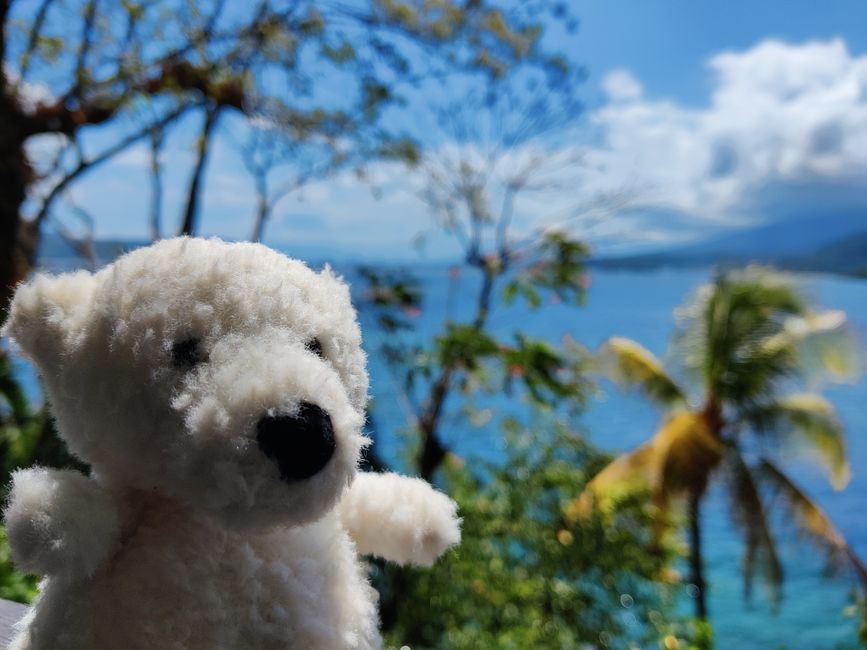Travis the Buddy Bear about diving - Part 2
Հրատարակվել է: 05.12.2023
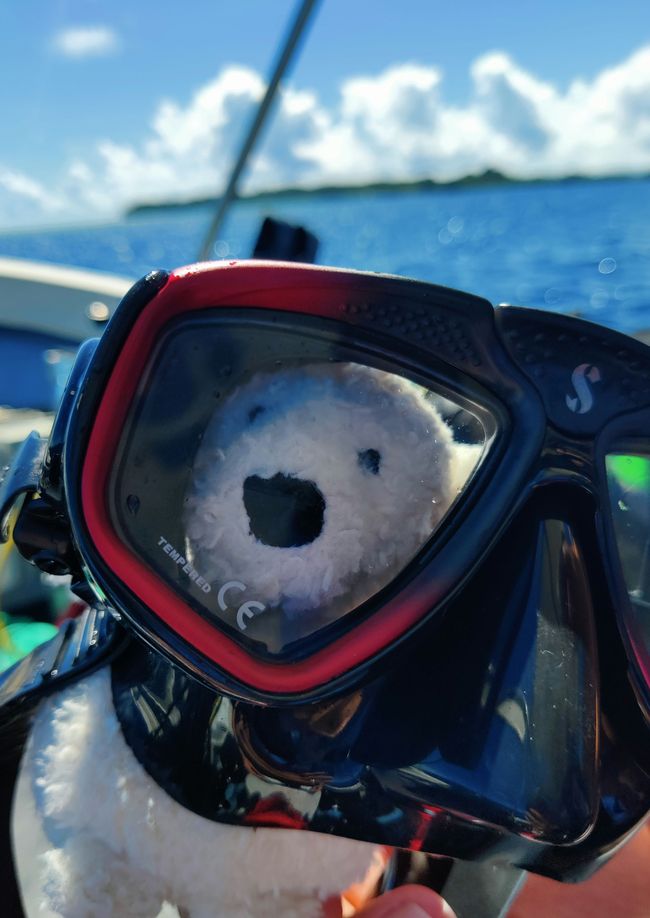


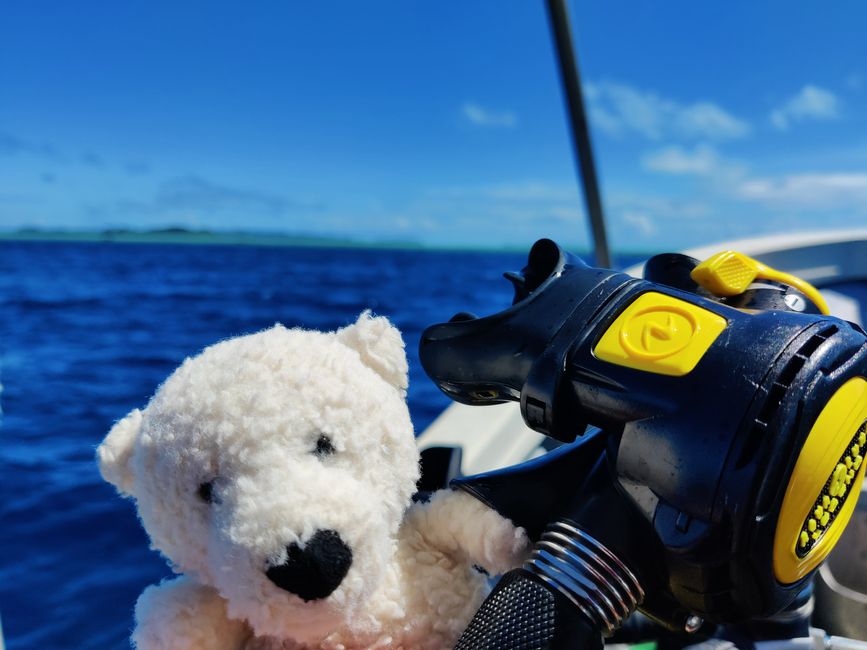
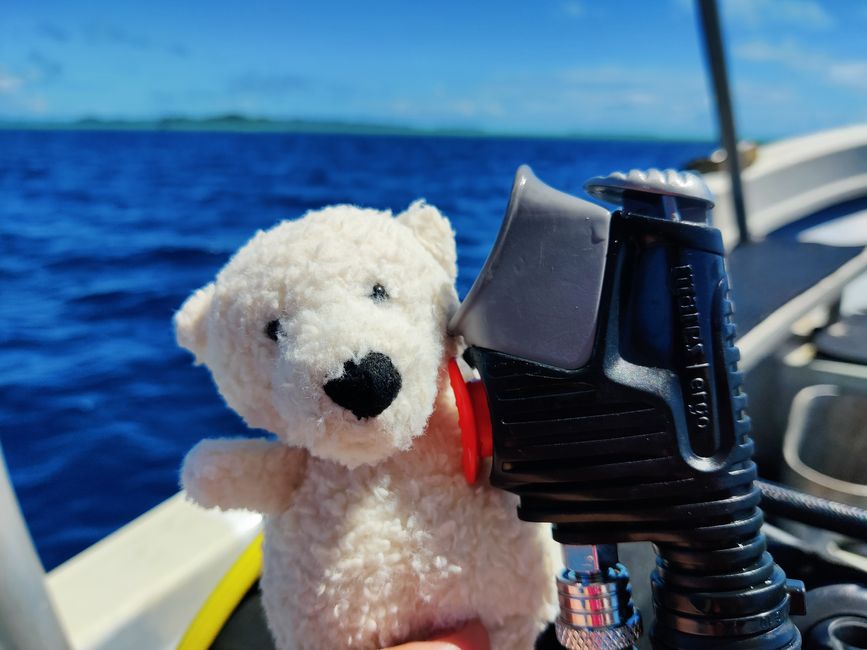
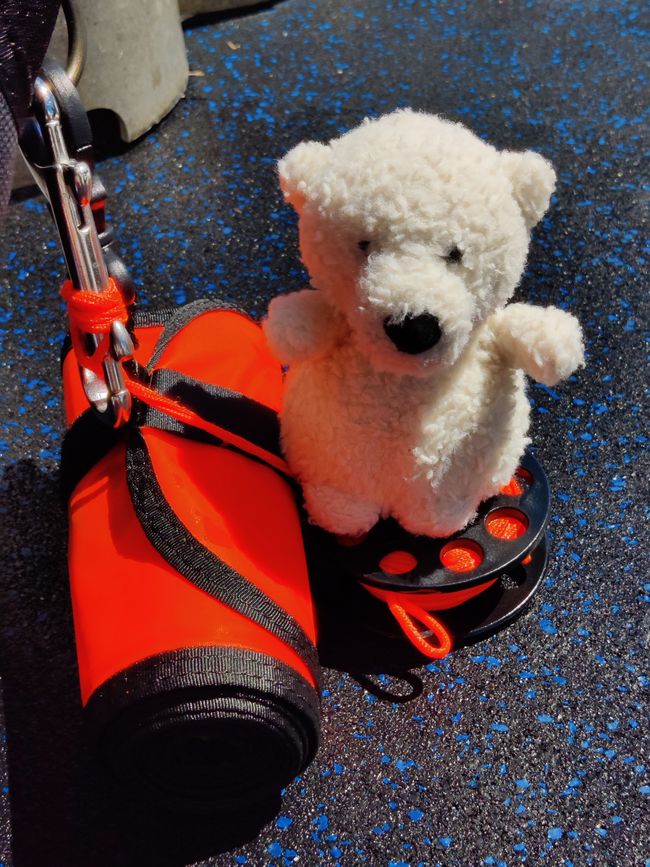
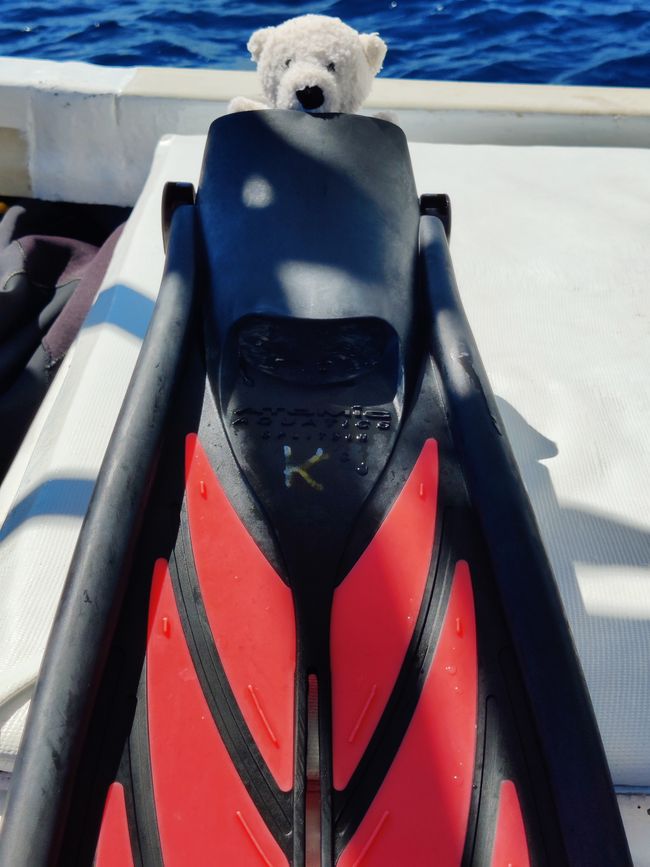
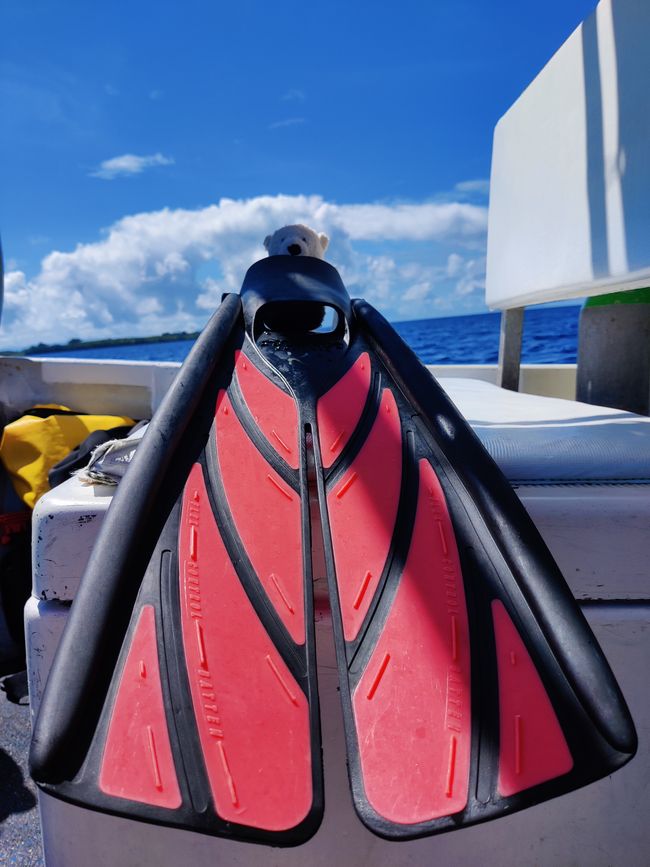
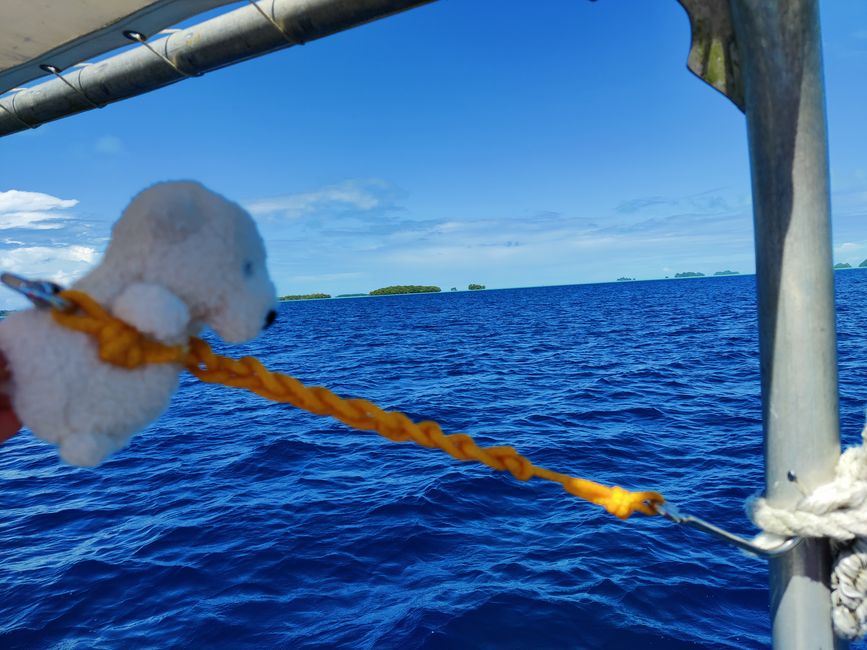


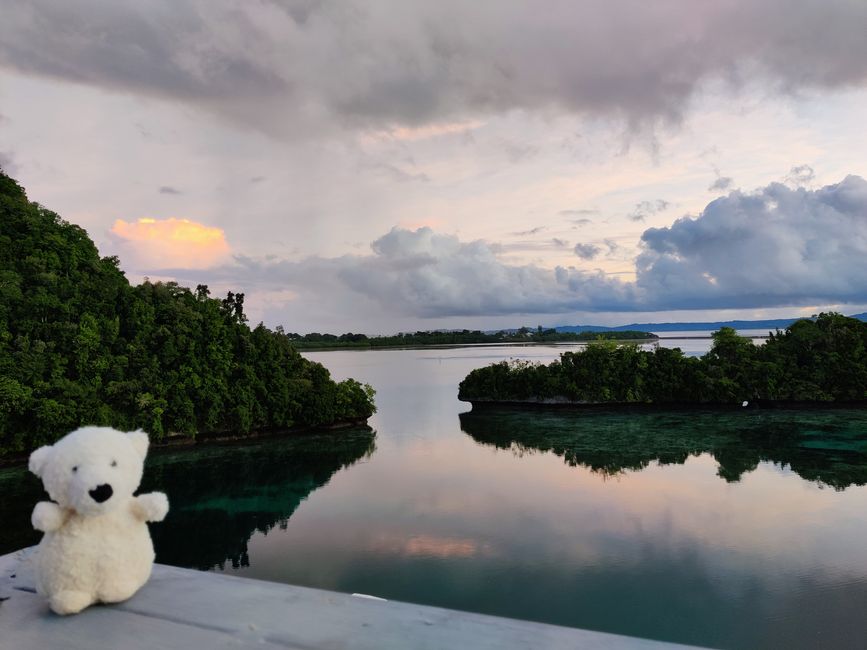

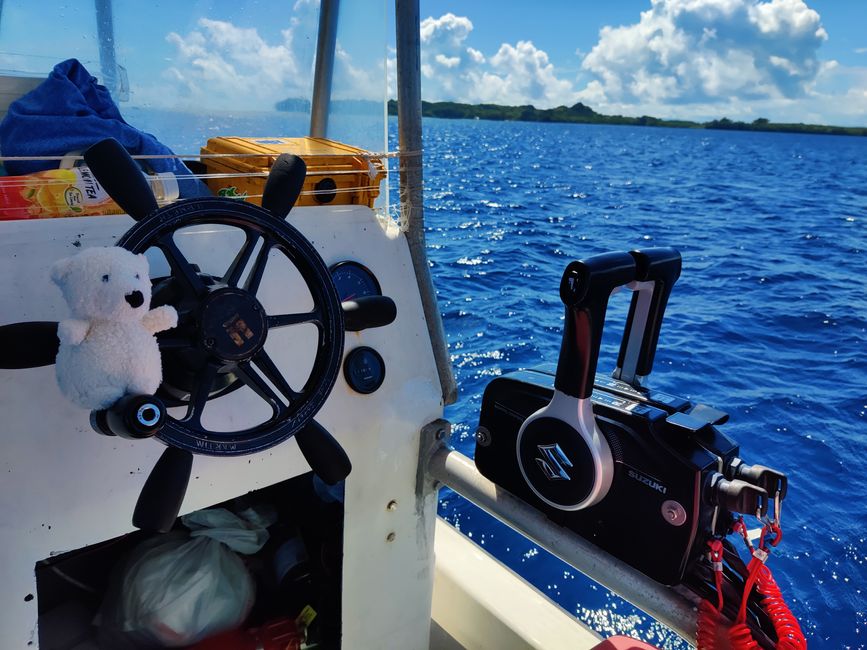
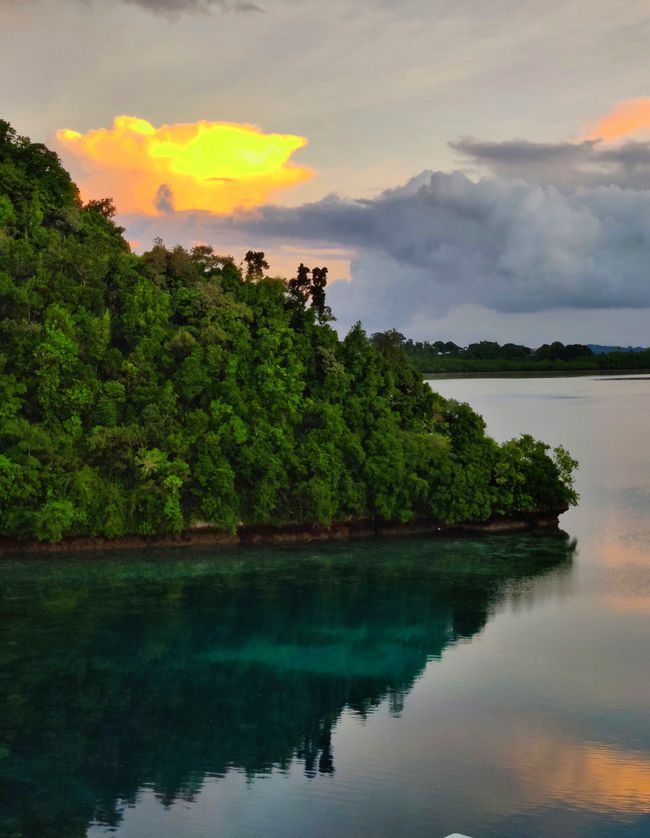
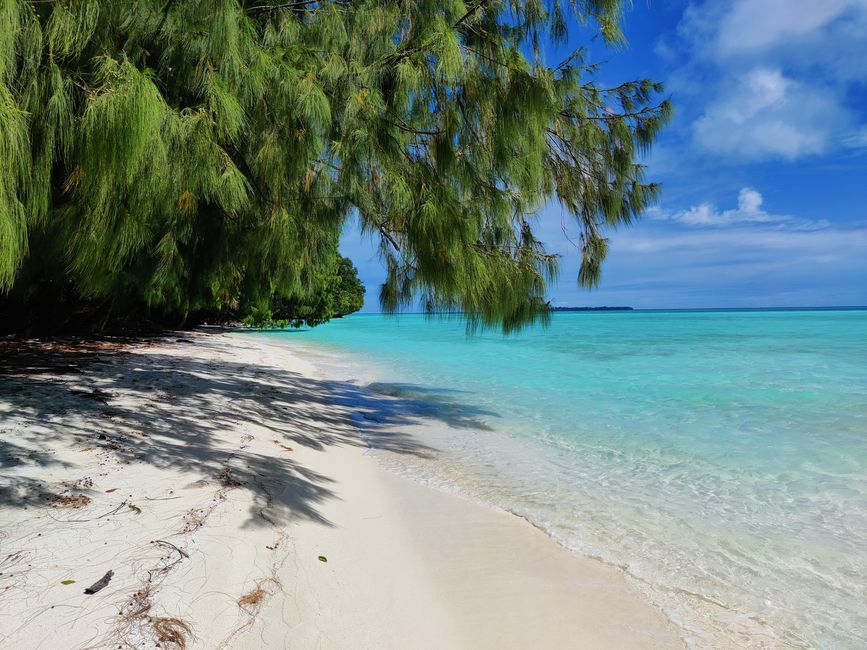
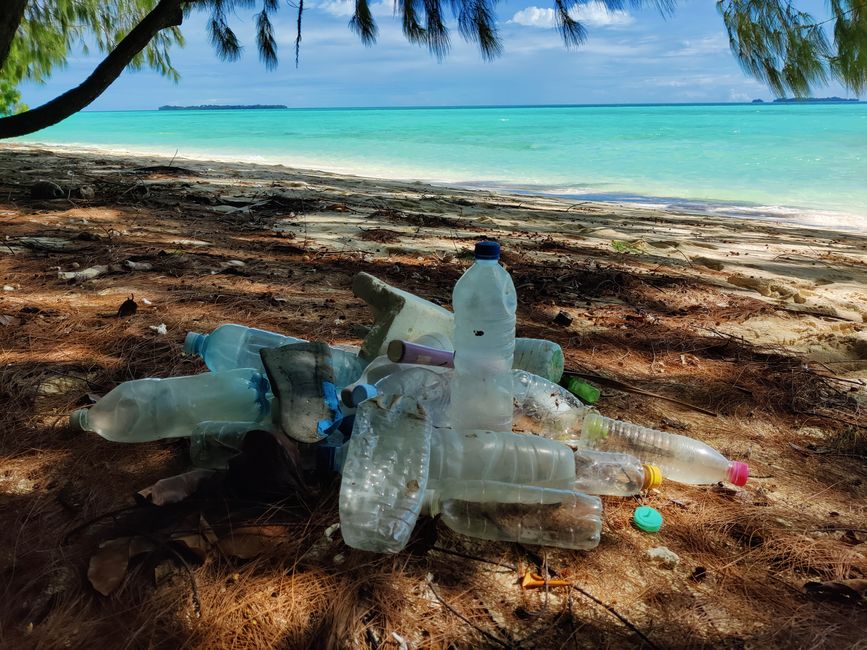
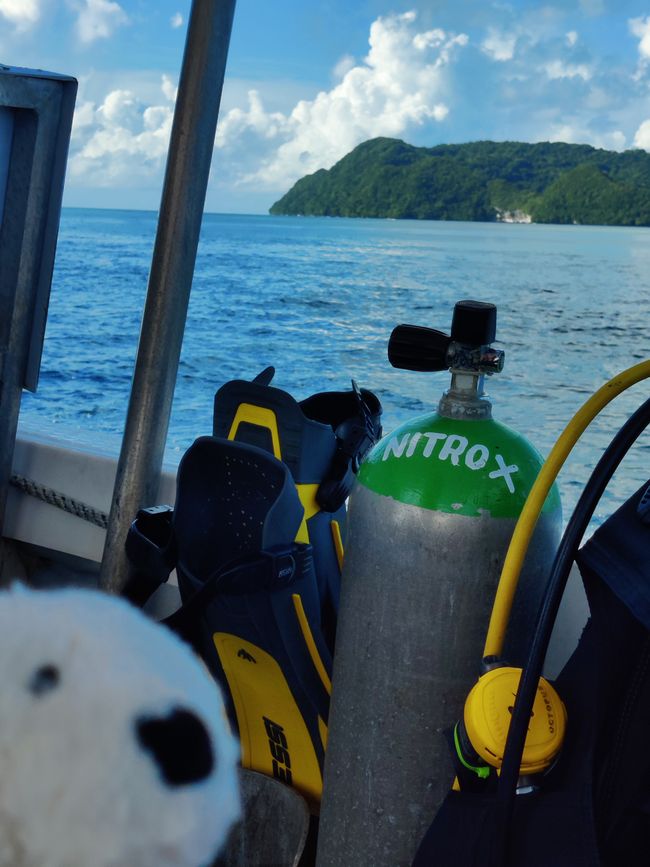
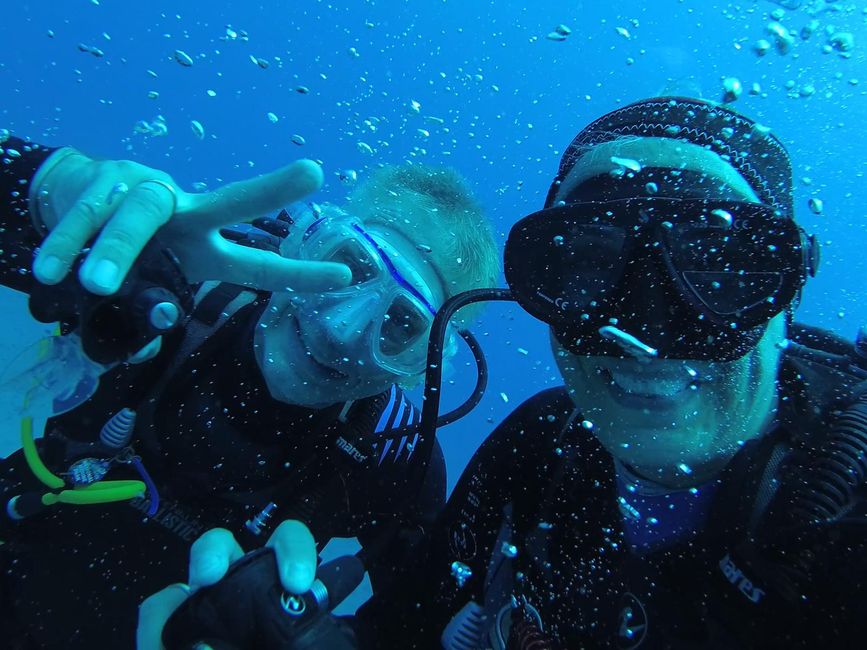
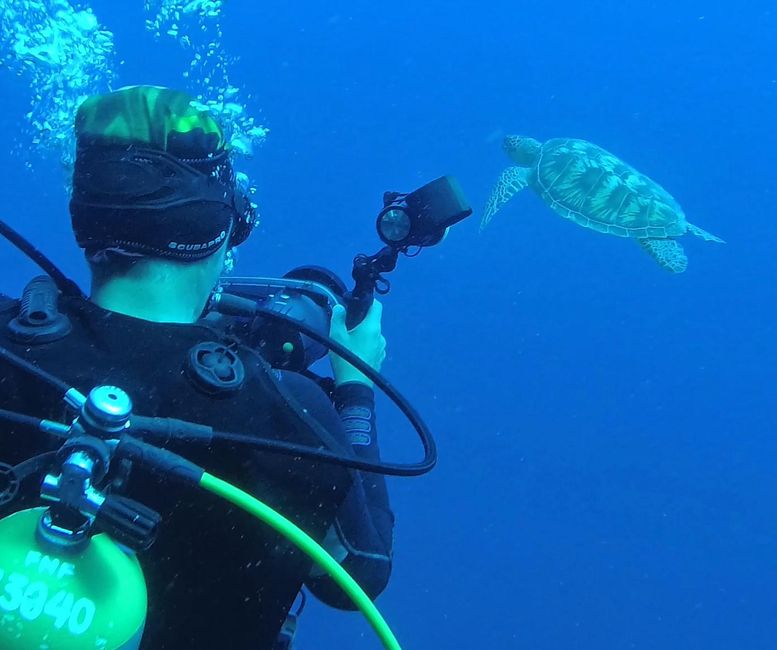
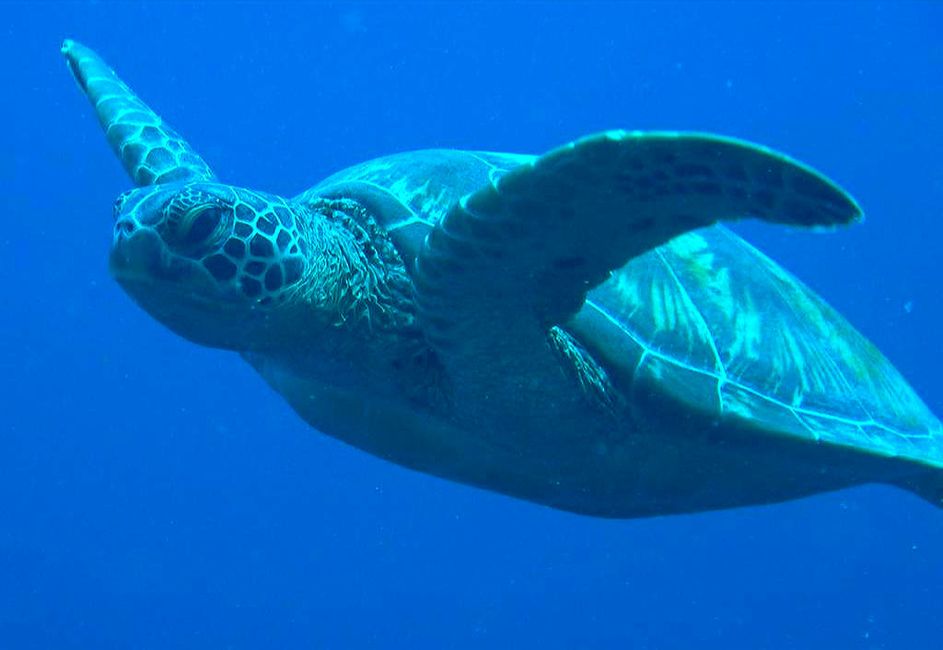
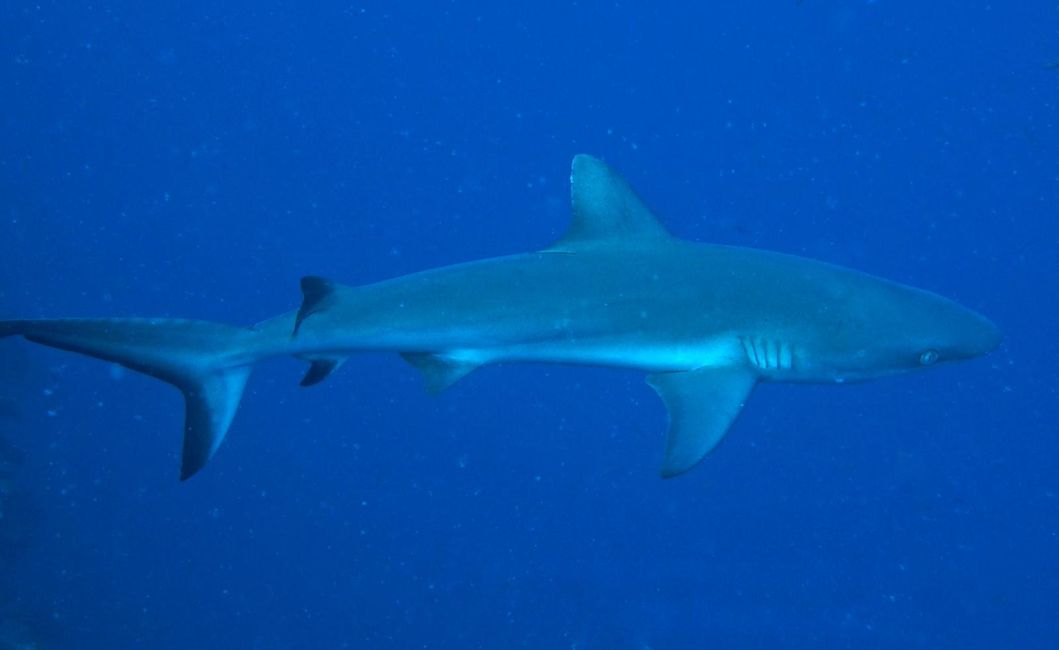
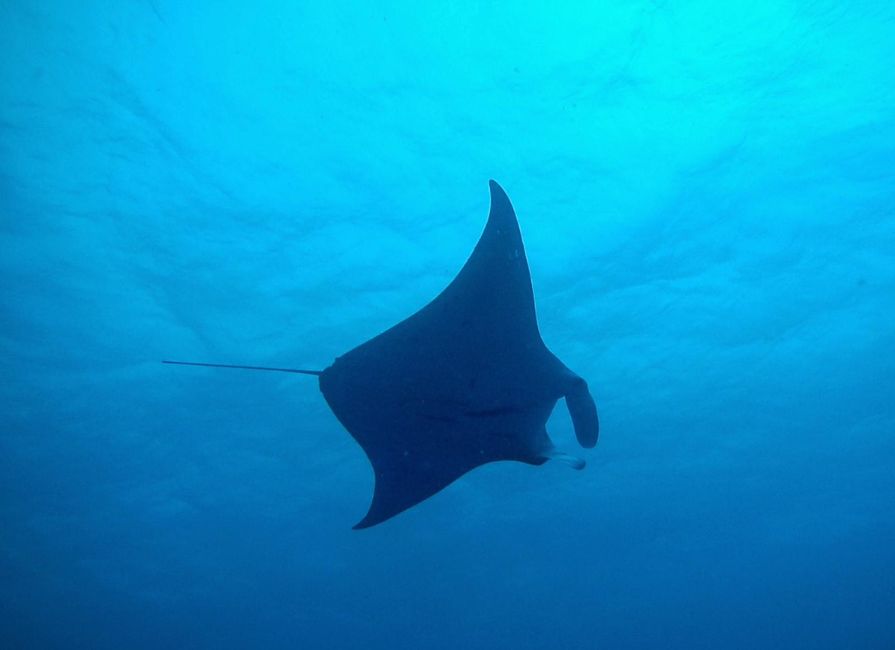
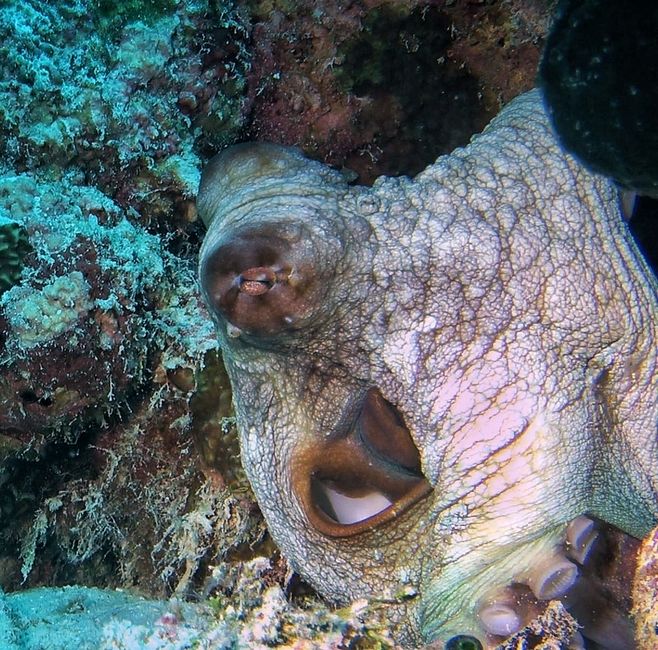
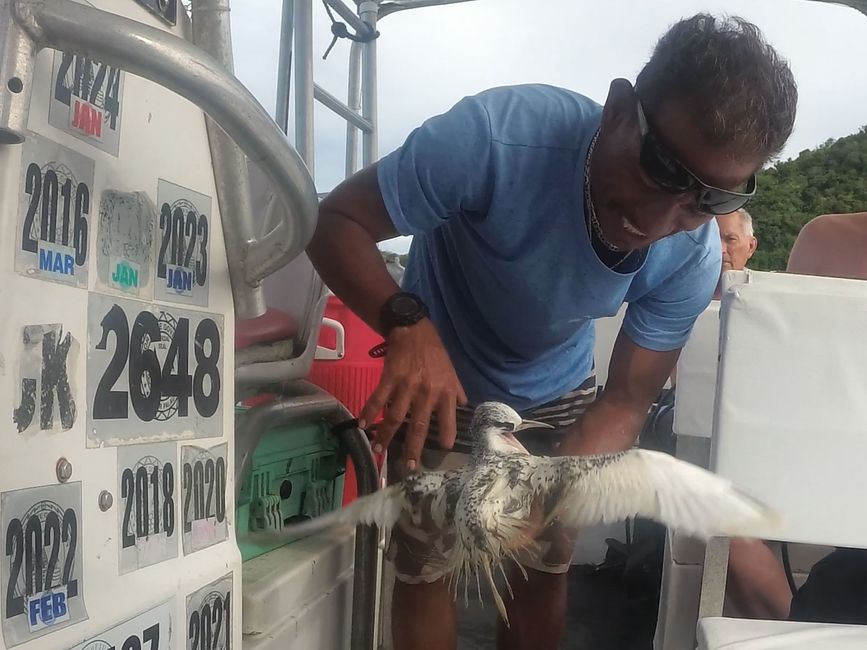

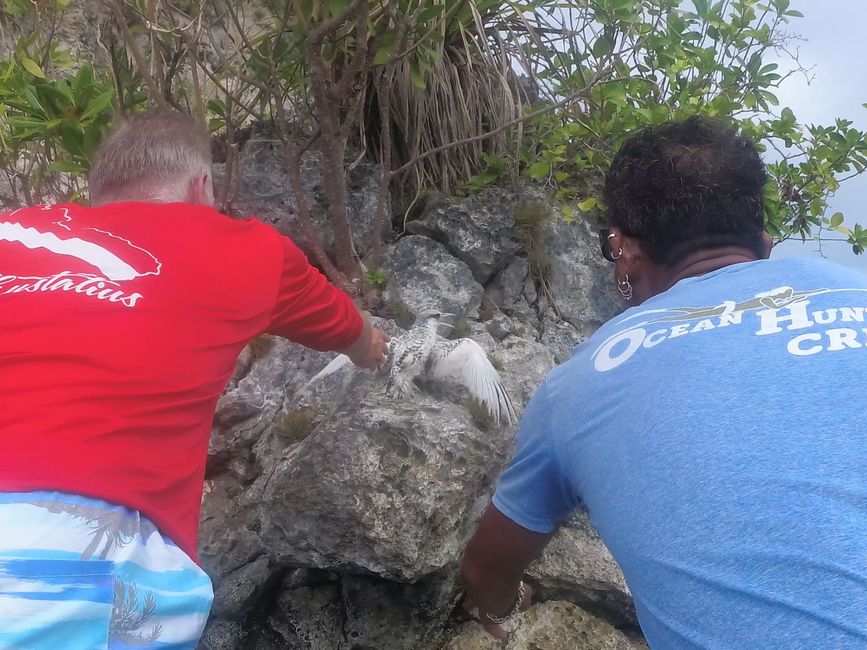
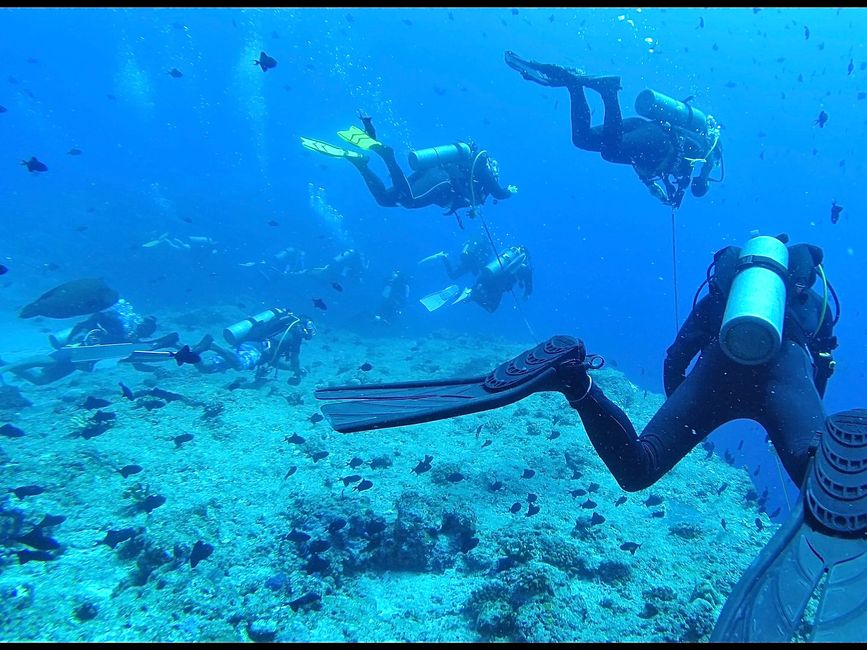
Բաժանորդագրվել տեղեկագրին
G'day!
Today started with such beautiful weather and calm seas. Have a look:


Since I've decided to be underwater very soon, I went on the boat again today and looked at everything very carefully and had it explained to me. So that I know too. It's important!
Of course we didn't have to steer the boat ourselves, the captain did that. But I still took a closer look at it. You never know:


But what was more important to me was that I understood diving better. Now I'll explain to you what I learned. If you want to hear it. I do this because my oldest said that you remember things much better if you explain them to others.
So - to breathe underwater, you obviously need air. At least the people who need to breathe regularly.
Unless you take crazy photos, then sometimes without air supply:

The air is compressed very tightly and then goes into a metal cylinder. It's called a bottle. And before you jump in, you always have to make sure there is enough air in there.

Because when you first notice underwater that it's not enough, it's just stupid.
By the way, my older ones have a special air called Nitrox. But I'd rather explain that to you another time.

In order to get the air out of the bottle under water, you need the mouthpiece from the regulator. Yes, that's what the thing with the four hoses on it is called. Do you remember?

There's also something with steps. First and second. But I don't know exactly what they mean by that. There are no stairs at all.
And do you remember, I told you about the “emergency wheel” when your buddy runs out of air? Every diver has a second, yellow hose for this purpose. There is also a mouthpiece like this on it. The whole thing is then called octopus.


The air doesn't just go into the diver, but also into a black jacket. You attach it to the bottle and then carry it around on your back. This is practical because you have your hands free. Like a backpack, so to speak. Here you can see it a bit:


With the air in this jacket (now I remember: it's called a buoyancy compensator) you can decide underwater whether you want to sink or rise. Just tare. Has something to do with air volume and volume and depth and expansion and buoyancy. It's complicated, I have to ask again until I understand it correctly.
In any case, you use this thing to let air in and out again:

And since I'm always concerned about safety, I'll show you something very important:

This is a buoy that you can roll out before surfacing under water, fill it with air and release it upwards using the coiled rope on the spool. Then the boats at the top see the glowing sausage sticking out of the water that there are divers down there. So they don't accidentally drive over it, you know?
And since there is sometimes a strong current here, you can easily be taken along underwater. You then fly along the reef a bit like you are on a train. And after all, the boat has to find you again when you emerge somewhere other than where you jumped in. Otherwise it would be stupid. That's what the buoy is there for.
In any case, my oldest always has it with her just to be on the safe side.
And speaking of security. I always think it's important that my older ones are well accompanied under water so that nothing happens to them. Ogie does it here. He's originally from the Philippines, but has been here for quite a long time and knows his stuff really well. And he's nice too.

By the way, Ogie and my older one rescued a young bird from the water today. He was probably too small to swim. Good thing the captain saw him floating in the water.
You can tell that their animals are really important to them here.



I also tried on my older one's fins today. But they were a bit big for me.


And I also tried out your new see-through thing - oh yes, mask:

Back to the current thing: there are a lot of sharks here and they like to be in the current because there are a lot of fish there and there is a lot of food for them. And to look at them, you hook yourself into the reef and then float in the air (which is of course water). The thing for this is, significantly, called a reef hook. This means you can easily watch sharks. It looks something like this:



Oh yes, today after diving we took another lunch break on a really beautiful beach.

However, the tide (you know: ebb and flow and so on) always carries plastic waste. You've probably heard that there are unfortunately a lot of them in the sea. Of course it doesn't belong there because it's not good for the underwater world. That's why my oldest and a dear fellow diver collected some things and put them in a pile. There were people there who would collect it later.

A drop in the ocean, said my oldest. I don't know exactly where the hot stone was, but it doesn't matter.

So, hopefully I haven't bored you with all the details. I just explained it to you so I can remember it better myself. My older ones also had to learn a bit before they were allowed to dive like this.
In any case, it all feels a lot less dangerous now that I understand it better. Exciting. Do you sometimes feel that way about certain things?
Well, enough chatting for today. My big one will tell you more about sharks and manta rays. My older ones saw them here too. And we were very impressed by it. Let yourself be surprised.

I'll keep you updated on what's going on here.
Until then, best regards from
Travis the buddy bear
Բաժանորդագրվել տեղեկագրին
Պատասխանել
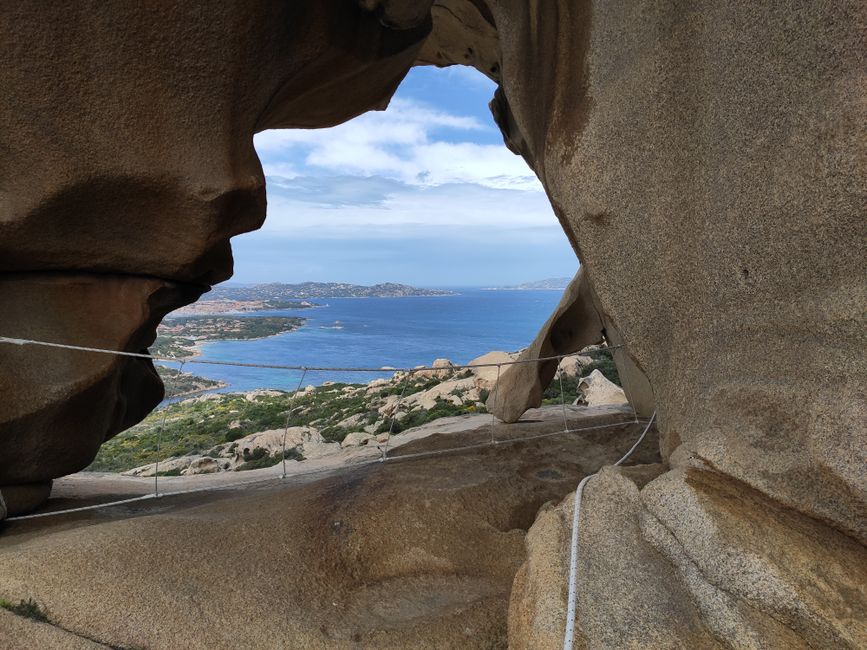
Ճանապարհորդական հաշվետվություններ Պալաու

